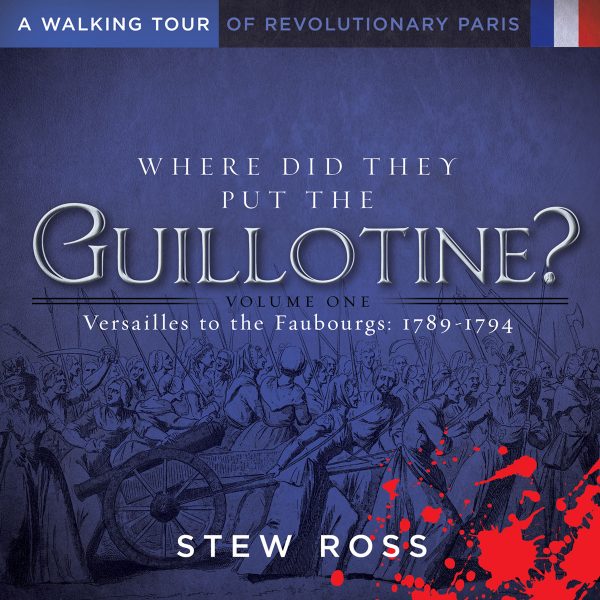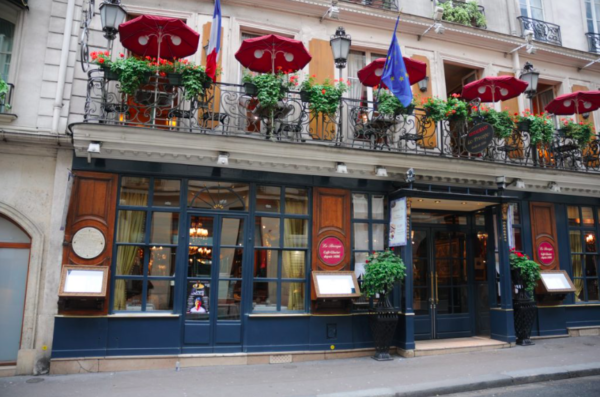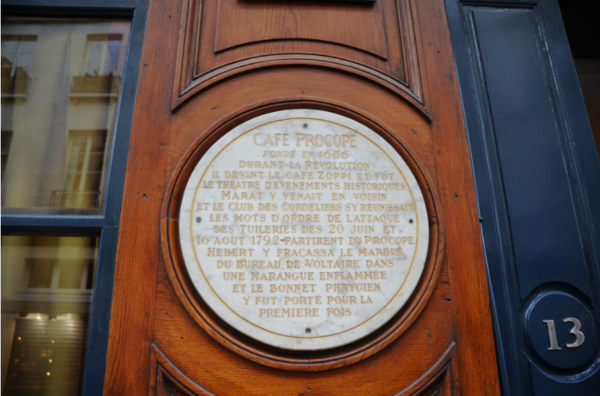YOU WOULDN’T. If you did or are thinking of doing so, we need to talk.
My series of books are walking tours and are centered on historical events or periods of time in Paris. A first time visitor to Paris would not buy the books. It is really the visitor who has fallen in love with Paris and returns multiple times to the city. They have done everything. You know, there are only so many times you want to go see the Eiffel Tower.
The reader of my books will be someone who is interested in history, buildings and places that were significant to that history, and would like to stand in the spots where these exciting events occurred.
Everyone goes to Paris for different reasons. Most go to cross off this city on the old travel bucket list. They go for one-week or a couple of days. That’s okay if all you’re after are the tourist sites. However, some of us like to dig a little deeper.
How do you like to travel? What turns you on when you travel abroad? What is the most pleasurable way for you to see what you want to see? How do you prepare for a trip overseas? These are just some of the many questions that first-time travelers and even the veteran travelers must ask themselves.
Sandy and I like to experience a city with our feet. We walk a lot. Our first time in Paris together was for one week. We walked and walked and walked. I can tell you that after one week, there wasn’t much we hadn’t done or seen (including a trip to Caen to visit the Normandy beaches). Several years later, we rented a house in Honfleur (Normandy) and spent two weeks there with our family. It included an overnight trip into Paris to give the kids a flavor of the city. Preparing the Paris itinerary for our children, I came to the conclusion that we had only scratched the surface on our prior trip to Paris.
We like to travel with a historical slant or theme to it. I am the type of traveler that likes to see ORIGINAL stuff. I get goose bumps knowing that I’m walking on the same wood floor that Shakespeare walked on as a twelve-year-old boy. I like to know that the building I’m standing in or next to was the original building. Some guides don’t like to take you to “places” where buildings once stood (they don’t think the current laundry mat is interesting). They think it’s a waste of time. I don’t. I’d rather see that than a replica of a log cabin (but show me where it originally stood – now that’s cool).
So to answer the original question, my book will be a supplement to your Paris trip. It will appeal to travelers like me. You can pick and choose the walk(s) based on your interests. And you can do it after you’ve had your fill of the Eiffel Tower.
Do we have a lot of stories? Of course we do. I’m looking forward to sharing these with you. Please continue to visit our blog and perhaps subscribe so that you don’t miss out on the most recent blog posts.
Thanks so much for following my blog and my little journey through this incredibly interesting process of writing a series of niche historical travel books and then getting the bloody things published.
Please note that I do not and will not take compensation from individuals or companies I mention or promote in my blog.
– Stew
Please note that I do not and will not take compensation from individuals or companies I mention or promote in my blog.
Are you following us on Facebook and Twitter?
Copyright © 2013 Stew Ross





